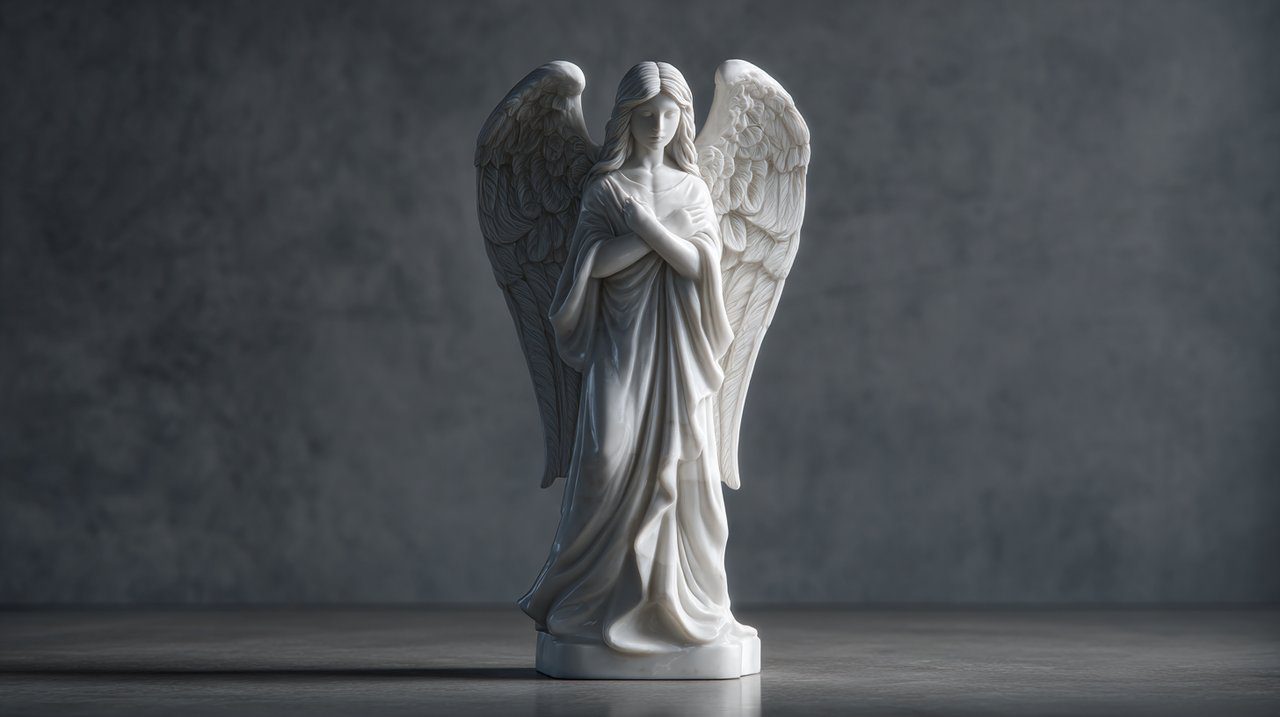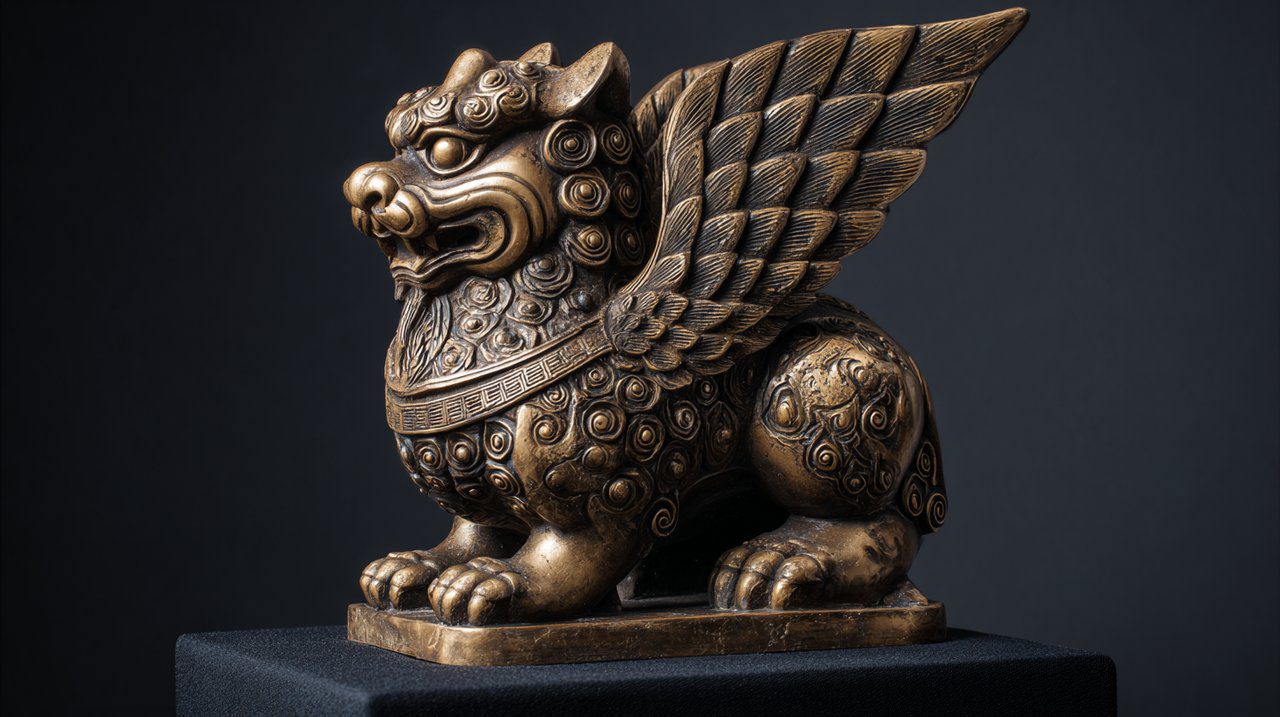Beyond the Veil: Deconstructing the Multidimensional ‘Appearance’ of Guardian Angels
When we think of guardian angels, a common image often appears in our minds: majestic beings with sweeping wings, flowing robes, and a serene, haloed glow. It’s a beautiful picture, but does it truly capture the full story of what guardian angels look like?
As with many profound spiritual concepts, the reality is far richer and more nuanced than any single image suggests. Guardian angels aren’t limited to one physical form; instead, their ‘appearance’ manifests as a multi-dimensional symbol and spiritual presence, interpreted through a vast spectrum of cultures and belief systems.
This exploration aims to systematically break down these varied interpretations. We’ll uncover their deeper meanings and provide a clear framework for understanding their constant, nurturing influence in our lives.

Beyond the Feathers and Halos: Deconstructing the Traditional Image
The iconic imagery of angels with wings and halos is deeply ingrained in Western art and Abrahamic religions. These depictions, while undeniably inspiring, are primarily symbolic. They serve to convey purity, divine origin, and the ability to move between spiritual and physical realms.
For instance, wings symbolize swiftness and a connection to the heavens, while a halo represents divine light and sanctity. However, it’s important to remember these are human interpretations—our way of making the unseen tangible. In truth, guardian angels often transcend such physical limitations, manifesting in ways that go beyond conventional visual definition.
The Kaleidoscope of Forms: Guardian Angels Across Cultures and Faiths
The true diversity of angelic appearances becomes clear when we look beyond one tradition. Different spiritual paths offer fascinating insights into how these protective entities are perceived:
Christianity: While often depicted as human-like, Christian texts also describe angelic choirs with forms far removed from gentle figures. Some are said to have multiple eyes, fiery bodies, or even resemble wheels within wheels.
Islamic Traditions: Here, angels are described as beings of pure light, capable of taking on various forms as commanded by the divine. They are not bound by earthly physics or a single fixed shape.
Other Spiritual Contexts: Protective entities might manifest as animal spirits, ancestral guides, or even forces of nature. Consider the mythical creature pixiu in Eastern folklore—a powerful, winged, lion-like beast that acts as a protector and brings prosperity. While not an ‘angel’ in the Western sense, it embodies a similar protective function.
These examples powerfully illustrate that what a guardian angel looks like is often a direct reflection of a culture’s worldview and spiritual understanding.
Celestial Hierarchies and Ancient Visions
Ancient texts and mystical interpretations often describe angels not merely as messengers, but as complex beings with distinct roles and appearances. The seraphim, for example, are depicted as fiery, six-winged beings, while cherubim are often associated with knowledge and might have multiple faces or wings.
These forms are less about physical anatomy and more about their spiritual attributes and functions within the divine order. Their appearance signifies their purpose.
Spiritual Guides in Indigenous Traditions
Beyond organized religions, many indigenous cultures honor spirit guides and protectors. These can take on animal forms or manifest as elemental forces, serving a very similar role to guardian angels by offering protection, wisdom, and comfort.
Their ‘appearance’ is often perceived through dreams, visions, or a deep connection to nature. This emphasizes a more fluid and integrated spiritual presence, deeply woven into the fabric of life itself.

More Than Meets the Eye: Symbolic Forms and Spiritual Manifestations
Often, guardian angels do not manifest in a way that is physically visible to the human eye. Instead, their ‘appearance’ is perceived through subtle signs, feelings, and synchronicities. They might manifest as:
- A sudden sense of peace
- An intuitive nudge
- A powerful feeling of being watched over
The ‘forms’ they take can be purely energetic or vibrational. When people ask for show me a picture of an angel, they often seek a tangible representation. Yet, a more meaningful ‘picture’ might be a feather found in an unexpected place, a rainbow appearing after a moment of despair, or a comforting scent.
These aren’t the angels themselves, but their calling cards—powerful symbols for guardian angel that confirm their presence. Modern spiritualists also recognize patterns like angel number sequences as direct messages, a non-visual ‘form’ of angelic communication that provides guidance and reassurance.
The Language of Light and Energy
Many describe encountering angels as pure light, overwhelming love, or a distinct energetic signature. This suggests their primary ‘form’ is not material, but rather a high-frequency vibration. This energetic presence can influence our emotions, thoughts, and even physical well-being, acting as a subtle yet powerful force in our lives.
Dreams, Visions, and Inner Knowing
For some, the appearance of a guardian angel is deeply personal and internal, occurring in dreams, meditative visions, or as a strong inner knowing. These experiences are highly subjective, yet profoundly real for the individual. They serve as direct encounters, often providing comfort, direction, or a sense of deep connection.
Recognizing Their Presence: Interpreting Signs and Symbols
Learning to recognize the presence of your guardian angel involves cultivating awareness and trusting your intuition. It’s about shifting focus from what they physically look like to how they feel and communicate. The symbols for guardian angel are incredibly diverse:
- A recurring animal
- A specific song that brings comfort
- A sudden warmth or inexplicable sense of protection
Just as some cultures value protective talismans, like wearing an evil eye bracelet to ward off negativity, these angelic signs serve as spiritual safeguards and affirmations. They remind us we are not alone. The key is to pay attention to these subtle cues and trust your inner wisdom. These ‘appearances’ are not about a grand physical manifestation, but about the consistent, loving presence that subtly guides and protects.

Your Personal Connection: Cultivating Unseen Guidance
Ultimately, understanding what do guardian angels look like is less about a fixed visual and more about an open heart and mind. It’s an invitation to perceive the divine in countless forms, both seen and unseen. By acknowledging their potential presence, you open yourself to a deeper spiritual connection.
For those seeking to deepen this connection and foster inner peace, practices such as meditation can be significantly beneficial. Engaging with tools like mala beads during meditation can help focus the mind and elevate spiritual awareness, creating an environment where the subtle guidance of guardian angels might be more readily perceived.
Trust the signs, and allow their unseen guidance to illuminate your path.
In conclusion, the ‘appearance’ of guardian angels is a testament to the boundless nature of the divine and the rich tapestry of human belief. From winged figures in art to subtle energetic shifts and deep inner knowing, their forms are as varied as the individuals they protect. By moving beyond rigid visual expectations, we can better attune ourselves to their constant, loving presence. May you find comfort and strength in knowing that regardless of how they manifest, your guardian angels are always near, offering their unwavering support and illumination on your unique journey.
💡 Frequently Asked Questions
The article explains that the 'appearance' of guardian angels is not limited to one physical form. Instead, it manifests as a multi-dimensional symbol and spiritual presence, interpreted uniquely across various cultures and belief systems.
The traditional images of angels with wings and halos are primarily symbolic, conveying purity and divine origin. However, guardian angels often transcend physical limitations and manifest in ways beyond conventional visual definitions, not always conforming to these depictions.
Their appearances vary significantly: Christianity describes them as human-like or complex beings with multiple eyes/wings; Islamic traditions view them as beings of pure light; Indigenous traditions perceive them as animal spirits or elemental forces; and Eastern folklore features protective entities like the winged, lion-like Pixiu.
Guardian angels often manifest through subtle signs, feelings, and synchronicities, rather than physical visibility. These can include a sudden sense of peace, an intuitive nudge, finding a feather, a comforting scent, or appearing as pure light, energetic signatures, or in dreams and meditative visions.
Recognizing their presence involves cultivating awareness and trusting intuition. It means paying attention to subtle cues like a recurring animal, a specific comforting song, a sudden warmth, or an inexplicable sense of protection, rather than expecting a grand physical manifestation.







